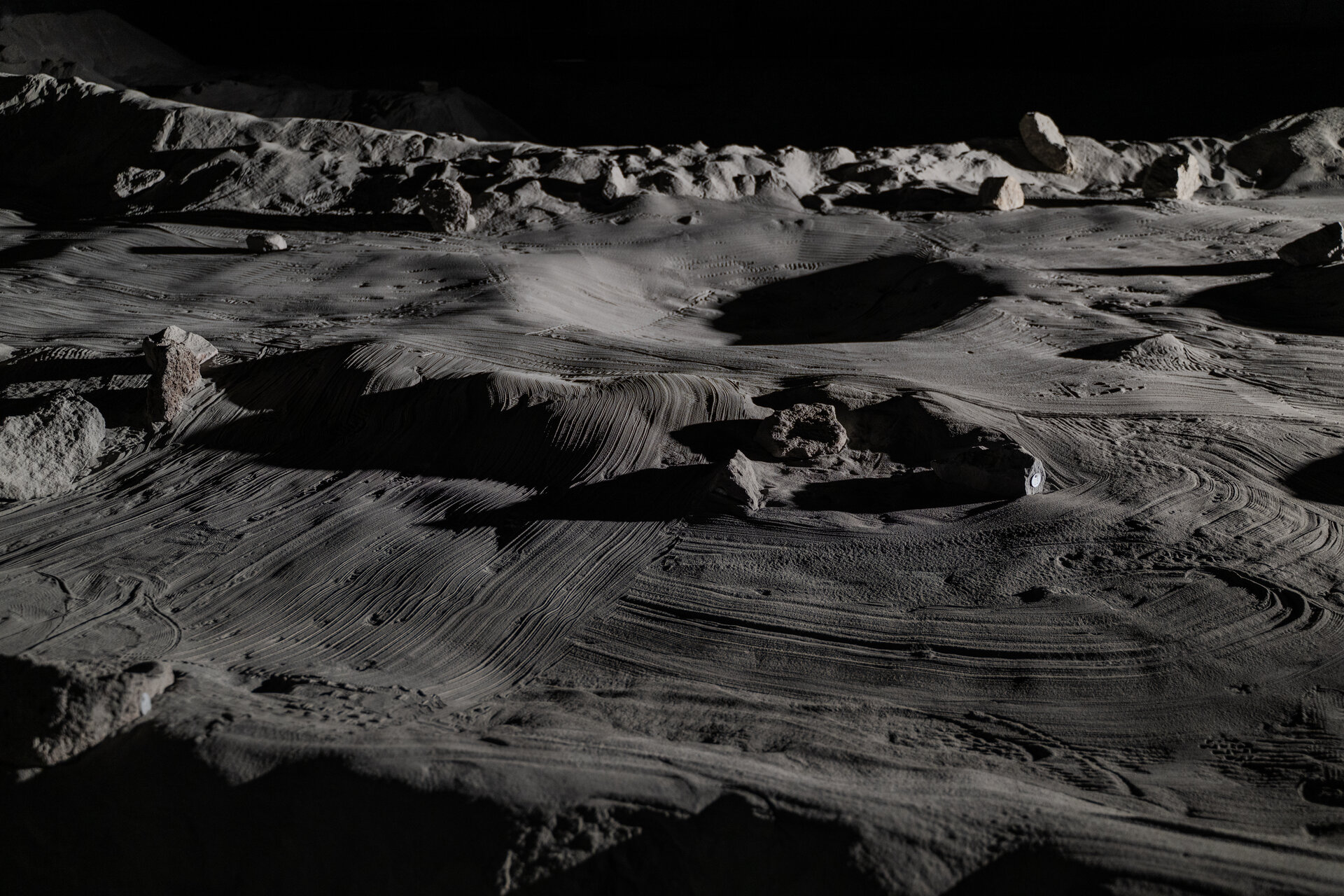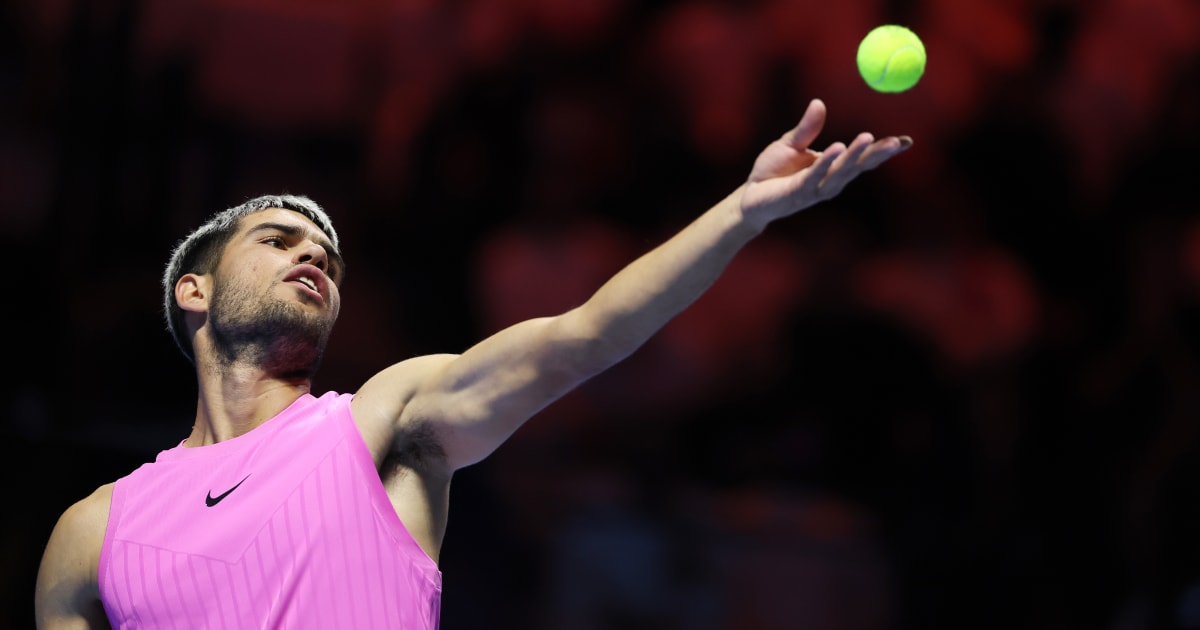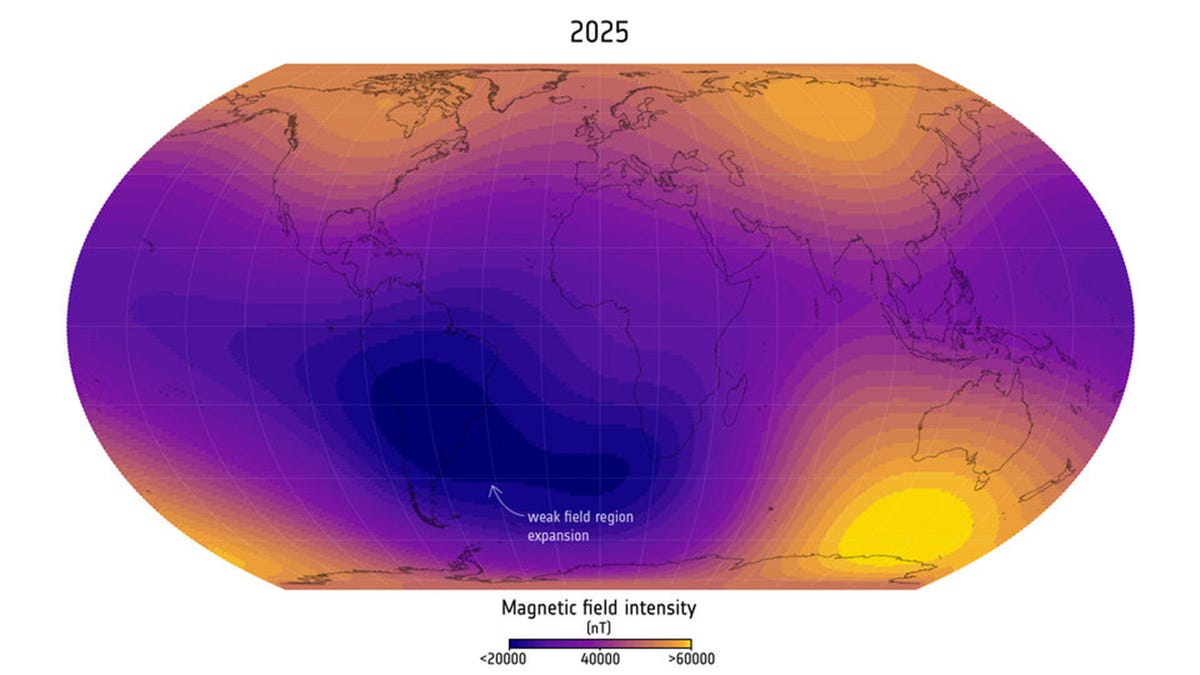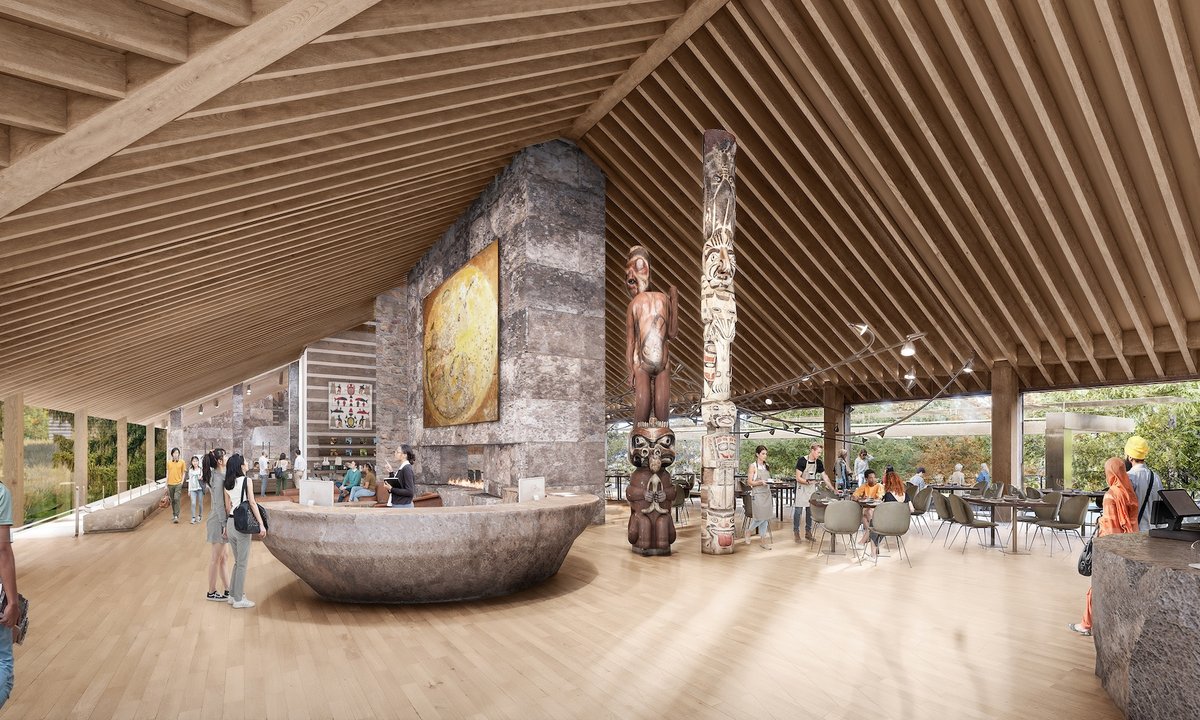24/10/2025
37 views
1 likes
Last year, ESA invited innovators across Europe to join the second Space Resources Challenge, a competition designed to accelerate technologies that will help humankind live and work sustainably on the Moon.
Last week, that challenge culminated in a field test lasting several days at the ESA-DLR LUNA facility in Cologne, Germany, where eight teams demonstrated robotic systems capable of collecting and processing lunar soil, known as regolith. The participating teams came from six countries—Canada, Denmark, Germany, Luxembourg, Poland and the United Kingdom—highlighting the global collaboration driving forward lunar exploration.
A vision for sustainable exploration
The Space Resources Challenge is part of a long-term strategy to develop In-Situ Resource Utilisation (ISRU) technologies. ESA launched the challenge in 2024 in partnership with the Luxembourg Space Agency and the European Space Resources Innovation Centre (ESRIC).
ISRU refers to the use of local resources, such as lunar regolith and water ice, to produce oxygen, fuel and construction elements that would reduce reliance on costly resupply missions from Earth.
The of the challenge focused on prospecting lunar resources. This second edition shifted the focus to collecting and processing lunar soil to extract oxygen.
The mission scenario
Participants were asked to simulate a future Moon mission set in the 2040s, where eight astronauts would stay at the lunar South pole for up to 30 days. Their survival depends on autonomous ISRU systems that extract oxygen from lunar regolith using molten salt electrolysis. Teams had to design robotic systems capable of digging up lunar regolith simulant, sorting particles by size to optimise oxygen production and operating autonomously or via remote control in a lunar-like environment.
Field testing at LUNA
The final field test took place at LUNA, the newly inaugurated Moon analogue facility next to ESA’s European Astronaut Centre. Over several days, the eight selected teams deployed their systems in this realistic testbed, designed to simulate lunar terrain, lighting and dust conditions. The LUNA facility provided a controlled environment for testing robotic mobility and strategies for collecting and processing lunar soil. Teams faced challenges such as dust control, remote operation, and navigating uneven terrain, but responded with creative solutions including modular designs, gravity-fed sieves and adaptive control systems.
“The Space Resources Challenge is more than a competition—it’s a glimpse into the future of lunar exploration. Hosting it at our LUNA facility gave teams a unique chance to test their technologies in a Moon-like environment, complete with dust, terrain, and operational time pressure. Seeing different teams develop real-world, functioning solutions under these conditions is incredibly informative for all involved. These kinds of hands-on experiences are exactly what we need to prepare for sustainable missions on the Moon”, explains Aidan Cowley, ExPeRT Technical Officer at ESA, who is supporting the challenge and will serve as the technical lead for the implementation of the activity proposed by the winning team.
What comes next
Following the field test, ESA will award a development contract to the most promising team, helping bring their concept closer to deployment on future lunar missions. The winning team is expected to be announced at the end of November. The Space Resources Challenge is set to return every three years, each time addressing a new segment of the ISRU value chain.
As Europe prepares for a sustained human presence on the Moon, initiatives like the Space Resources Challenge are laying the groundwork, turning bold ideas into mission-ready technologies.
Meet the teams
Team AGH Lunar Resources Initiatives, Poland
Team AGH from AGH University of Krakow developed a system featuring a screw-based digger that collected and stored lunar regolith in tubes, and a multi-level sifter using screens, vibrations and rotating brushes to separate particles into three size ranges. During the challenge, both systems performed well, though a tilt control issue required on-site adjustments. Despite this challenge, the team successfully demonstrated the ability to dig and sort over 20 kg of lunar regolith.
Team ASTROLITH, Canada
Led by Polytechnique Montréal and Uncharted AI, Team ASTROLITH developed Kirb-e, a robotic system built for Moon-like conditions designed to dig and sort lunar soil. The setup includes a strong mechanical shaker on three axes coupled with a gravity-powered sieve, meaning it uses gravity to help separate particles and a slow, steady feed to prevent clogging. Despite unexpected challenges, including remote operation issues and a flipped rover, the team’s smart design and dedicated student effort made the mission a success.
Team BREMEN, Germany
Team BREMEN is composed of members from the German Aerospace Center (DLR e.V.) and the German Research Institution for Artificial Intelligence (DFKI) GmbH, supported by the Robotics Group of the University of Bremen. Using a rover equipped with rotating shovels, the team successfully collected and processed large quantities of regolith simulant. The material was then funneled into a rotary sieve to separate it by particle size. Despite minor challenges with dust mitigation and sieve clogging, the system performed well, demonstrating promising potential for future lunar deployment.
Team CRADLE, UK
Team CRADLE—short for the Centre for Robotic Autonomy in Demanding and Long-Lasting Environments—is a collaboration between the University of Manchester and engineering firm Amentum. Their system, MoLES³, combines a rover designed to dig lunar soil with a static unit that uses vibrating sieves to sort the soil into different particle sizes, preparing it for further use. Built for semi-autonomous remote operation, the modular system aims to maximise the time spent refining lunar soil while keeping energy use low. It ran successfully for two and a half hours during the challenge.
Team FZI DUST, Germany
From the FZI Research Center for Information Technology in Karlsruhe, this team built a wheeled robot equipped with a digging arm and a soil-sorting unit. Their system combined digging and sorting in one mobile setup, designed to work partly on its own or with remote control. It was built to handle rough terrain and aimed to reduce dust near a lunar base by processing soil directly at the excavation site. Despite a stuck component and a last-minute system reset, the team achieved high-purity output and valued the LUNA facility’s realistic setup for enabling adaptive, mission-like troubleshooting.
Team IPRL-API, UK
IPRL API is a startup formed for the Space Resources Challenge, spun out of Imperial College London. The team developed a system that uses a rotating drill—called an auger—that lifts the soil while built-in filters separate it by size as it moves upward. . This design reduces the need for extra equipment and saves energy To improve performance, they added small tapping elements to prevent clogging and a second sorting stage to refine particle size. Despite some technical setbacks during the challenge, the team adapted quickly and were impressed by the realistic environment at the LUNA facility.
Team LuMA, Luxembourg/Denmark
Team LuMA, a consortium of the University of Luxembourg, Aalborg University and Maana Electric, designed a fully 3D-printed system that combined a rover, a robotic arm and a particle filtration setup, each developed by one of the partner institutions. Designed for teleoperation and rugged terrain, the system aimed to tackle challenges like particle segregation and dust mitigation. Despite setbacks including clogging and communication loss, the team adapted on-site, manually resolving issues and adjusting processing rates.
Team TUBular, Germany
PhD students from TU Berlin’s Chair of Space Technology developed a modular robotic system tailored to lunar conditions, with support from Polimak and Lunex Technologies for payload development and testing. Their rover collects lunar soil using a rotating tube, which also acts as the internal storage in which it remains before it is carried to the stationary sieving unit. To reduce the risk of dust interfering with moving parts, they sealed the chassis and minimised exposed mechanisms. Although they faced challenges with motor drivers and software integration, the team was proud to complete and test their system at the LUNA facility, highlighting teamwork and adaptability under pressure.









